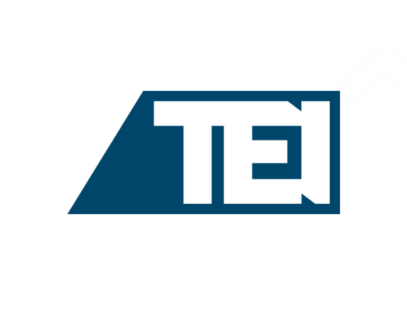Due Diligence and the Corporate Income Tax Provision—How to Prepare for an Acquisition

Merriam-Webster defines the term due diligence as, “the research a company performs before engaging in a financial transaction.” When preparing for an acquisition, researching the tax position, processes, and history of the acquisition target is an integral piece of the global due diligence progression.
The major areas of focus regarding corporate income tax provisions during due diligence for an acquisition include the following:
- Tax liabilities – assess the target company’s current and potential tax liabilities, including any outstanding tax assessments, disputes with tax authorities, and potential future liabilities.
- Tax credits and deductions – assess the target company’s current and potential tax credits and deductions, as these can have a significant impact on the company’s tax liability.
- Transfer pricing – assess the policies and procedures that are in place and what agreements support them. Compare the agreements with the policies and procedures to see if they align. Review county-by-country reporting for additional insight.
- Deferred tax assets and liabilities – assess the target company’s deferred tax assets and liabilities, to understand the impact on the consolidated group’s balance sheet and future tax liabilities.
- Tax risks – assess the target company’s exposure to potential tax risks, such as tax audits, uncertain tax positions, changes in tax laws, and tax litigation. In addition, determine whether there are any unfiled tax/information returns in all tax types (i.e., sales and use, property, VAT, withholding, etc.).
These areas of focus should then be combined with the existing consolidated group to forecast the effect of the acquisition on the global effective tax rate. Depending on the size of the acquisition, the effect could be quite material, and stakeholders should be made aware of the potential future impact. In addition, there is a new wrinkle in the due diligence process— the effect of the acquisition on the OECD Pillar 1 and Pillar 2 calculations. For multinational companies, Pillar 1 and Pillar 2 are a reality and must be considered, as there could be material impact on global tax liability and the ETR.
Due diligence related to income tax provision is an integral part of the acquisition process. By carefully assessing the target company’s tax position, risks, and opportunities, acquirers can minimize the potential tax risks and maximize the tax benefits of the acquisition. OECD Pillar 1 and Pillar 2 add a new layer of complexity to the process. However, these rules must be considered by multinational companies. By carefully evaluating the potential impact, acquirers can ensure that they are making informed decisions about their acquisitions.









